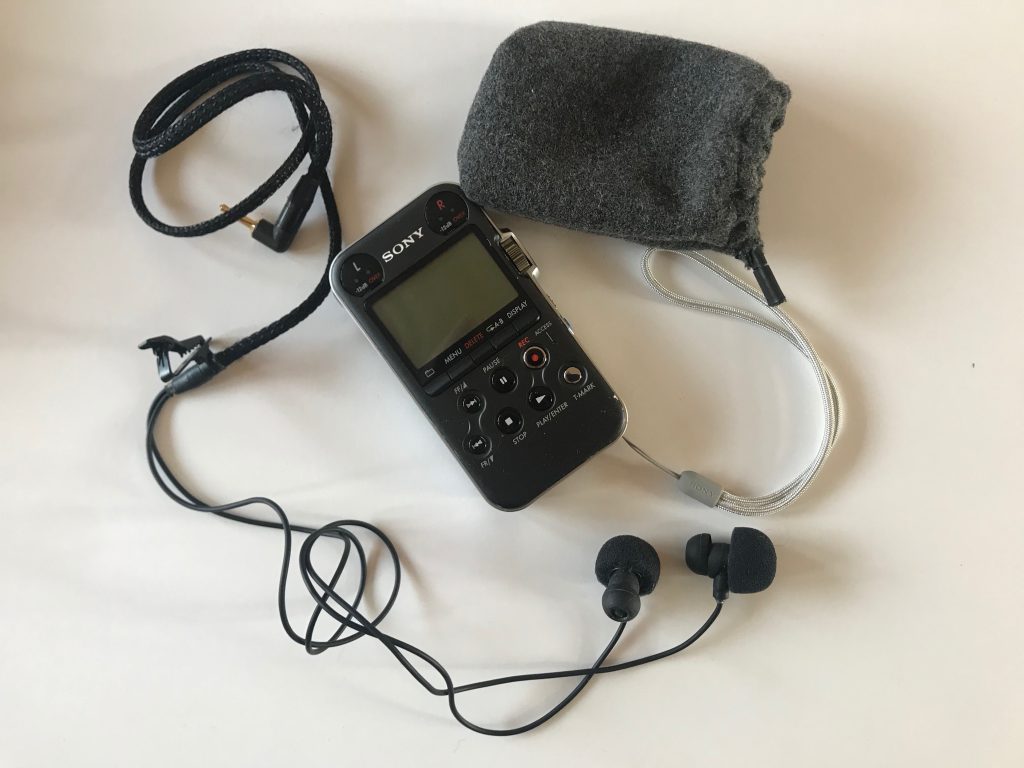
Alongside the visual and textual contents of the boxes, I have provided a soundscape for each of the three settings. ‘Soundscape’ is a term first used by composer Murray Schafer (1969) and subsequently used widely, and variably, by scholars in the sonic arts (see Kelman, 2010). Here I am using the term as a sonic correlate of ‘landscape’: these are binaural field recordings that provide a sense of the place, which contextualise, and are contextualised by, the images and other material. As Labelle (2018) has noted, street sound is leaky and transgressive. In all three cases, one can hear what cannot be seen in the images. And, in all three of the recordings, the human and the non-human, the constructed and the natural are inter-woven, as they are, in different ways, in the images.

I have uploaded the soundscapes to the web and in the pdf and in the archive boxes I have put a QR code for each setting that will download the file and an audio player to a browser when scanned.
References
Kelman, A. 2010. ‘Rethinking the Soundscape: A Critical Genealogy of a Key Term in Sound Studies’, The Senses and Society, 5, pp. 212–234.
LaBelle, B. 2018. Sonic Agency: Sound and Emergent Forms of Resistance. London: Goldsmiths Press.
Schafer, R.M. 1969. The New Soundscape; A Handbook for the Modern Music Teacher. Don Mills, Ont.: BMI Canada.
